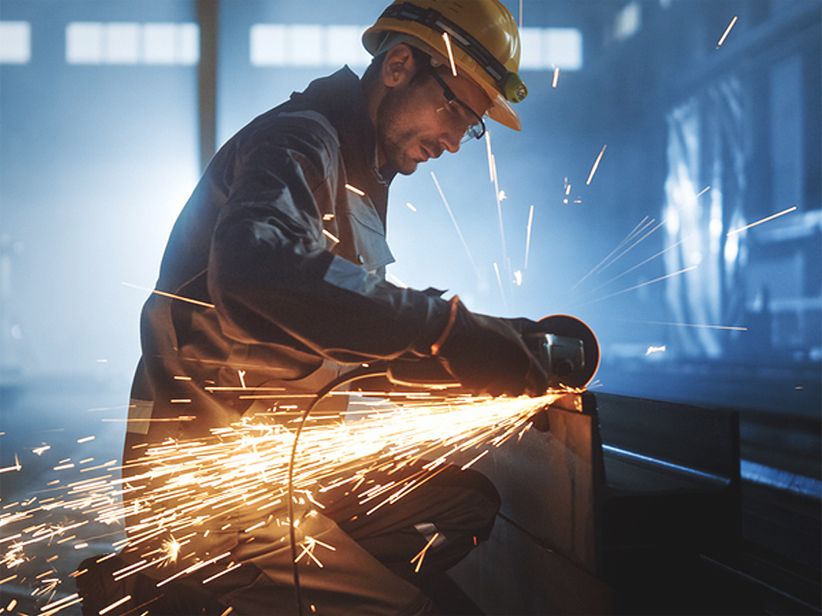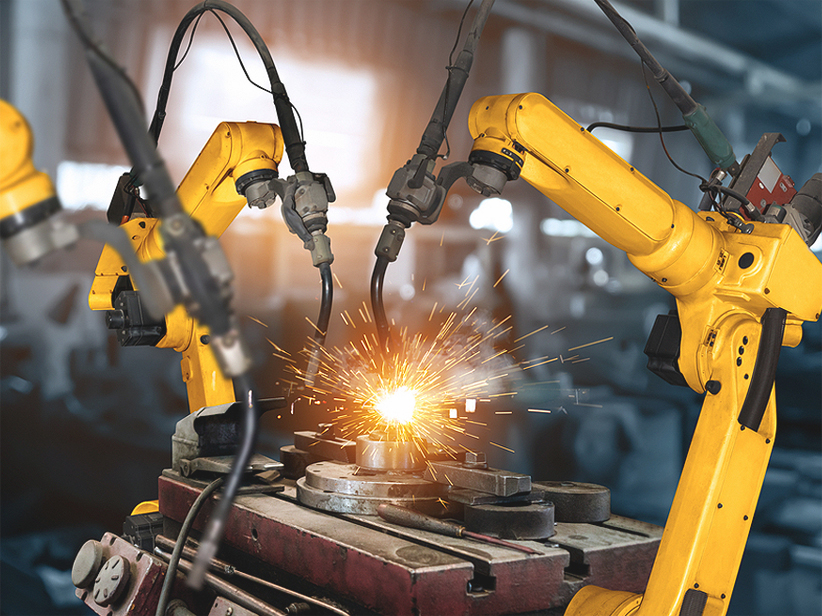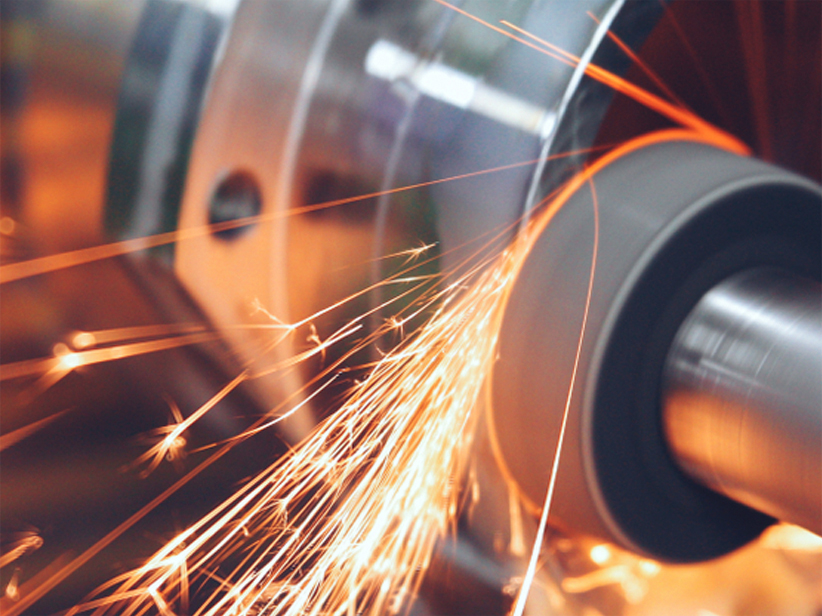Stainless Steel - Grade 446/1.4828
Description
Stainless Steel Grade 446/1.4828 is a high-chromium ferritic stainless steel known for its excellent resistance to oxidation and high-temperature environments. It is commonly used in applications requiring resistance to severe oxidation, such as in combustion environments and high-temperature applications. Its high chromium content provides superior resistance to oxidation and corrosion, making it suitable for use in extreme conditions.
Chemical Composition
- Carbon (C): ≤ 0.20%
- Chromium (Cr): 23.0 - 27.0%
- Nickel(ni)≤ 0.75%
- Manganese (Mn): ≤ 1.00%
- Silicon (Si): 1.0 - 1.5%
- Sulfur (S): ≤ 0.030%
- Phosphorus (P): ≤ 0.040%
- Nitrogen(N): ≤ 0.25%
Mechanical Properties
- Tensile Strength: 310 MPa (45,000 psi)
- Yield Strength: 175 MPa (25,000 psi)
- Elongation: 25% (in 50 mm)
- Hardness (Brinell): 220 HB (Brinell Hardness)
- Impact Toughness: Moderate impact resistance
Thermal & Physical Properties
- Density: 7.8 g/cm³
- Melting Point: Approximately 1450°C (2642°F)
- Thermal Conductivity: 25 W/m•K (at 100°C)
- Thermal Expansion: 10.4 x 10⁻⁶ /K (0°C to 100°C)
- Specific Heat Capacity:460 J/kg•K
Other Designations
- DIN : X20Cr25
- UNS:S44600
- JIS: SUS 446
- DIN: 1.4828
Fabrication and Heat Treatment
- Machining: Machinability is lower compared to austenitic stainless steels. Carbide tools are recommended for machining.
- Welding: Generally weldable using conventional techniques; however, pre-heating and post-weld heat treatments may be required to avoid sensitization and to improve toughness.
- Heat Treatment: Annealing can be performed at temperatures between 1050°C and 1150°C (1922°F and 2102°F) to relieve stresses and improve mechanical properties. Avoid rapid cooling after heat treatment to prevent embrittlement.
Applications
- Industrial Furnaces : Components exposed to high temperatures and corrosive environments.
- Combustion Chambers: Parts subjected to severe oxidation and high-temperature environments.
- Heat Exchangers: For use in harsh chemical environments.
- Exhaust Systems: Parts in high-temperature exhaust systems in various industries.
- Gas Turbines: Components in turbines that operate under high temperatures.
Supplied Forms
- Bars
- Wars
Features
- High-Oxidation Resistance: Excellent resistance to oxidation in high-temperature environments.
- Good Corrosion Resistance: Superior resistance to corrosion compared to many other ferritic stainless steels.
- Thermal Stability: Maintains its properties at elevated temperatures, making it suitable for high-heat applications.
- High Chromium Content: Provides improved resistance to scaling and high-temperature oxidation.
- Durability: Provides long-term durability in severe environments.






